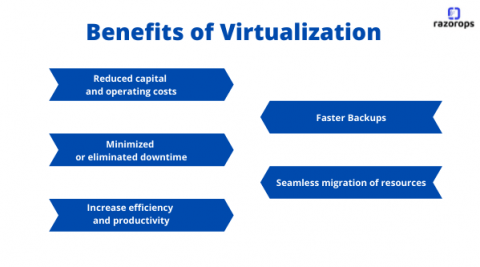Continuous deployment of a Nest.js application to Heroku
If you have been around for a while in the field of software development, especially web development, then you know how tedious and stressful it has historically been to deploy your source code to a webserver. Most of the time, this was accomplished by uploading it using File Transfer Protocol (FTP). But now we have numerous ways of automating the deployment process. In this tutorial, we will learn how to set up continuous deployment of a Nest.js application to Heroku using CircleCI.










